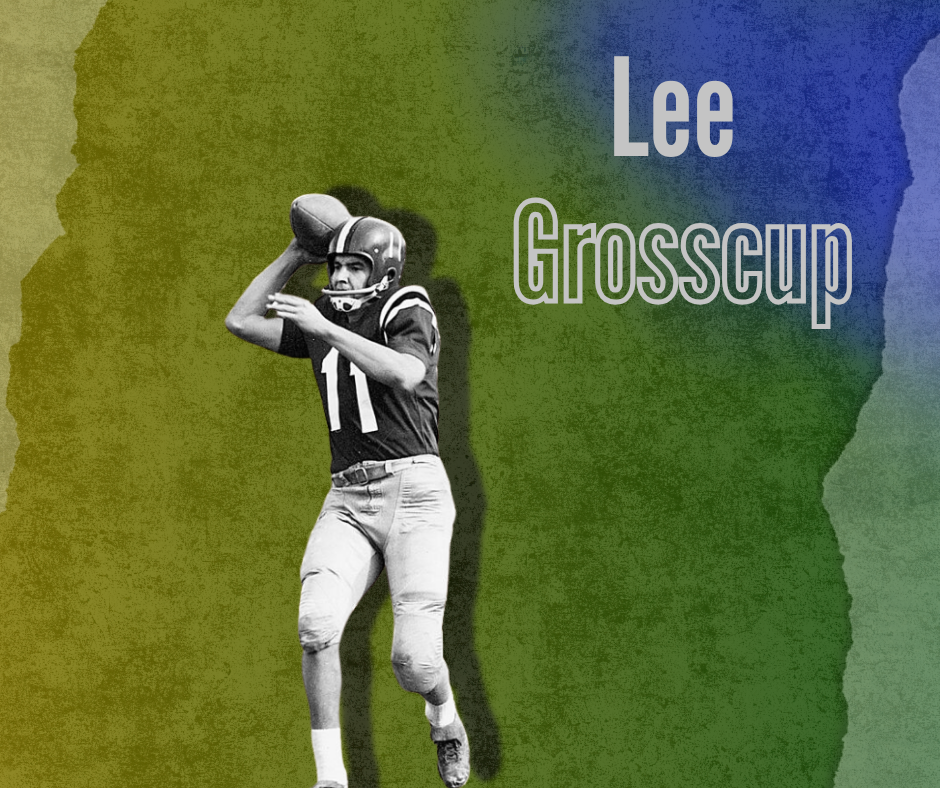The New York Giants are one of the most historic franchises in all of sports. For nearly a century, they have been deeply interwoven with the story of the NFL and football’s rise as an American institution. From their early championships in the 1920s and 1930s to the dominance of Lawrence Taylor in the 1980s, to the unforgettable catches from David Tyree and Mario Manningham, the Giants have often been at the center of football history.
But since 2011, the franchise has become more associated with dysfunction than dominance. Bad coaching, bad free agents, bad drafts, and bad results have all piled up. For Giants fans, the NFL Draft has gone from a hopeful ritual to a recurring nightmare. Ask any longtime fan about their least favorite pick and you’ll likely get a recent name: Daniel Jones, Deandre Baker, Evan Neal, or maybe that infamous stretch from 2015 to 2017 that included Ereck Flowers, Eli Apple, and Evan Engram.
But what if the worst pick in Giants history was not any of those players? What if the strangest, most ill-informed draft pick they ever made came more than sixty years ago, long before ESPN panels and highlight reels, in a year when the Super Bowl did not yet exist?
That pick was quarterback Lee Grosscup.
The Curious Case of Lee Grosscup
Grosscup had a respectable, if unconventional, college career. After starting at the University of Washington, he transferred to the University of Utah amid a mass exodus of players due to internal turmoil and accusations of illegal payments. As a result, his sophomore year was lost to transfer rules, meaning he didn’t take a collegiate snap until his junior season.
And yet, when he finally got on the field in 1957, Grosscup delivered. He led the nation in passing yards, finished in the top 10 in nearly every passing category, and placed in the top 10 in Heisman voting. Not bad for someone playing in the under-the-radar Skyline Conference. His 1958 season was less impressive due to injury, but still solid enough to draw NFL interest.
That interest became very real in December 1958, when Grosscup received a phone call he could hardly believe. The New York Giants had drafted him with the 10th overall pick in the 1959 NFL Draft.
He thought it was a prank. He had to check the newspaper the next day to be sure. But there it was in black and white. Lee Grosscup, quarterback, top 10 pick. Off to New York he went, the next great hope for one of football’s proudest franchises.
At least on paper.
The Shovel Pass Illusion
Here’s where the story turns. On its surface, Grosscup’s college stats looked great. But those numbers hid something few outside of Salt Lake City understood at the time.
Utah was the first team in football history to build its offense around the shovel pass. It was not just a trick play or situational gimmick. It was their identity. They used the shovel pass as a substitute for handoffs and essentially ran the ball through short, behind-the-line flips that technically counted as forward passes.
So while Grosscup was piling up stats, very few of those yards were earned through traditional downfield throws. Nearly all of his “passes” were caught behind the line of scrimmage. His offense was closer to a modern run-pass option system than anything resembling a vertical attack.
How reliant was Utah on the shovel pass? Consider this. Grosscup completed 94 passes in 1957 with an incredible 68 percent completion rate. But he did not appear on the NCAA leaderboards for completion percentage. Why? Because to qualify for that particular category, a quarterback had to average 14 true forward passes per game. Grosscup didn’t meet the threshold. The leader in passing yards did not even qualify as a passer by the sport’s own standards.
The Giants Did Not Know
Today, this kind of discrepancy would be easily caught. There would be national broadcasts, online scouting reports, All-22 film, and combine workouts to evaluate quarterbacks. But in 1959, that infrastructure did not exist.
Giants executives had likely never seen Grosscup play in a full game. There was no easy way to get film from Utah to New York. Scouts had a hard time traveling cross-country. So what did the Giants rely on?
The stat sheet.
Grosscup was a top 10 pick based almost entirely on numbers. Unfortunately, those numbers painted a deeply misleading picture. The Giants drafted a quarterback who, by all appearances, could not throw the ball downfield with any consistency.
The Results Were Brutal
It became clear very quickly that Grosscup was not the answer. The Giants did not install a shovel-pass-heavy offense like Utah’s, and Grosscup’s limitations became obvious.
Over two seasons in New York, he completed just 16 passes. Not 16 touchdowns or 16 completions in a game. Sixteen completions total. Across his Giants career, he posted a 34 percent completion rate. For a top 10 pick, it was almost unthinkable.
Among top 10 drafted quarterbacks in NFL history, only two players completed fewer passes than Grosscup: one defected to the CFL and never played in the NFL, the other became a running back before his second season.
By 1962, just three years after drafting him, the Giants cut Grosscup. One of the earliest and strangest draft busts in league history had come and gone.
The Rest of the Story
Grosscup’s football journey didn’t end in New York. He bounced around the AFL, CFL, and NFL. His most productive stretch came with the New York Titans, where he completed 45 percent of his passes. After retiring from playing, Grosscup transitioned into broadcasting and remained involved in the sport for decades.
He carved out a long, successful second act in football. But nothing can erase what happened in 1959 when the Giants took a leap of faith on a statistical mirage and landed flat on their face.
In a league obsessed with data today, the tale of Lee Grosscup is a reminder that context always matters. And sometimes, the numbers lie.
Want more Sandman? Come connect with us here at sandmansports.com/onestopshop:





